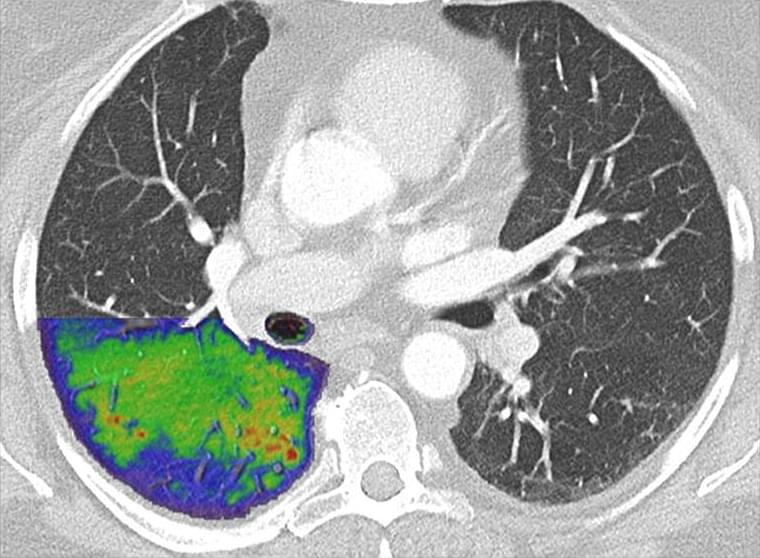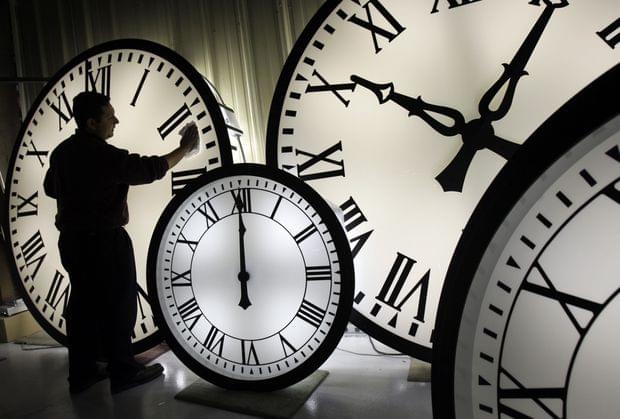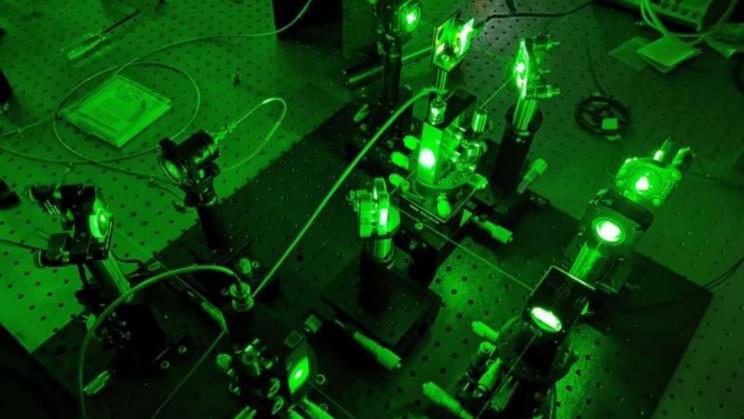Transforming CT: Naeotom Alpha is the world’s first photon-counting CT scanner. (Courtesy: Siemens.



NASA scientists have issued a warning about a “Potentially Hazardous Asteroid” (PHA) that will fly close to earth in mid-December. The asteroid is larger than 90 percent of asteroids, according to Daily Record, but still smaller than some of the larger reported asteroids. Thankfully, the asteroid won’t come close enough to our planet to do any damage. Near passes like these happen somewhat frequently. But the term “near” is relative when you’re talking about the infinite vastness of outer space.
Don’t Miss: Black Friday has begun: 10 deals you don’t want to miss on Saturday
NASA predicts that the massive asteroid will pass by Earth on December 11, just a month and a few days from now. The asteroid has been classified as 4,660 Nereus, and NASA does consider it very hazardous. The organization says that the asteroid is almost three times the size of a football pitch — roughly the size of the Eiffel tower.
PBS Member Stations rely on viewers like you. To support your local station, go to: http://to.pbs.org/DonateSPACE
↓ More info below ↓
Einstein’s special theory of relativity combines space and time into one dynamic, unified entity — spacetime. But if time is connected to space, could the universe be anything but deterministic? And does that mean that the future is predestined?
Sign Up on Patreon to get access to the Space Time Discord!
https://www.patreon.com/pbsspacetime.
Check out the Space Time Merch Store.
https://pbsspacetime.com/
Sign up for the mailing list to get episode notifications and hear special announcements!
https://mailchi.mp/1a6eb8f2717d/spacetime.
Hosted by Matt O’Dowd.

Cher sang about manipulating it while Doctor Who dramatized it. This hacker went one better and did it. Here’s how time got hacked.
During a 1961 address to the National Association of Manufacturers in New York City, John F. Kennedy said that “we must use time as a tool, not as a couch.” Fast forward fifty years, and one hacker has demonstrated exactly how to do that: by hacking time.
What is time anyway? What is time? That’s not an easy question to answer definitively.
Just go and search for a definition, and you’ll see what I mean. However, from the broader technological perspective, time depends on how we measure it: it is what those measurements tell us. So, what if those measurements, even ones from the most accurate atomic clock sources around the planet, could be manipulated?
Welcome to the world of hacking time. Welcome to the world of Adam Laurie, the lead hardware hacker with the veteran hacking team that is IBM X-Force Red. It’s worth remembering at this point that hacking is not a crime, and this story serves well to illustrate the fact.
Full Story:

With the potential to image fast-moving objects.
When asked what superpowers they would like to have, many say the ability to see through things. Now, there may be a camera that could give people that gift.
Developed by Northwestern Engineering researchers, the new high-resolution camera can see around corners and through human skin and even bones. It also has the potential to image fast-moving objects such as speeding cars or even the beating heart.
The relatively new research field is called non-line-of-sight (NLoS) imaging and comes with a level of resolution so high that it could even capture the tiniest capillaries at work.
“Our technology will usher in a new wave of imaging capabilities,” said in a statement the McCormick School of Engineering’s Florian Willomitzer, first author of the study.
“Our current sensor prototypes use visible or infrared light, but the principle is universal and could be extended to other wavelengths. For example, the same method could be applied to radio waves for space exploration or underwater acoustic imaging. It can be applied to many areas, and we have only scratched the surface.”
Full Story:
Happy birthday, ISS.
The first components of the International Space Station (ISS) were launched on November 20, 1998, roughly 12 years after the first Soviet MIR-2 module was launched and a full 25 years after Skylab.
The ISS took 10 years and more than 30 missions to assemble. It is the result of unprecedented scientific and engineering collaboration among five space agencies representing 21 countries: NASA (United States of America), Roscosmos (Russia), JAXA (Japan), CSA (Canada), and ESA (16 EU countries and the UK).
With fully-equipped laboratories and advanced life support systems powered by solar arrays, the ISS has space for up to seven crew members to live and work, conducting many kinds of research in low Earth orbit.
Let’s explore (and celebrate) one of the most impressive pieces of engineering ever created.
Full Story:
SpaceX Embarrassed NASA With Their High Tech SpaceSuit: Whether it’s science fiction or science fact with space as the backdrop, there is one thing that always catches the eye; the spacesuit. Indeed, we’re all familiar with the sense of excitement and inspiration when we see astronauts decked out in advanced spacesuits.
SpaceX being who they are has dropped a bomb in the form of a new spacesuit design, and it’s nothing like what NASA has ever done. What makes this advanced space suit so unique, that it’s obliterating what NASA has ever done? Join us as we explore every detail of the spacesuit.
The futuristic flight suits worn by Doug Hurley and Bob Behnken during last year’s Crew Dragon are a far cry from the bulky orange shuttle flight suits worn by astronauts when they last launched from Florida’s Kennedy Space Center as well as any other spacesuit worn by astronauts from other countries.


If anyone has a good idea on how to put a nuclear fission power plant on the moon, the U.S. government wants to hear about it.
NASA and the nation’s top federal nuclear research lab on Friday put out a request for proposals for a fission surface power system.
NASA is collaborating with the U.S. Department of Energy’s Idaho National Laboratory to establish a sun-independent power source for missions to the moon by the end of the decade.
